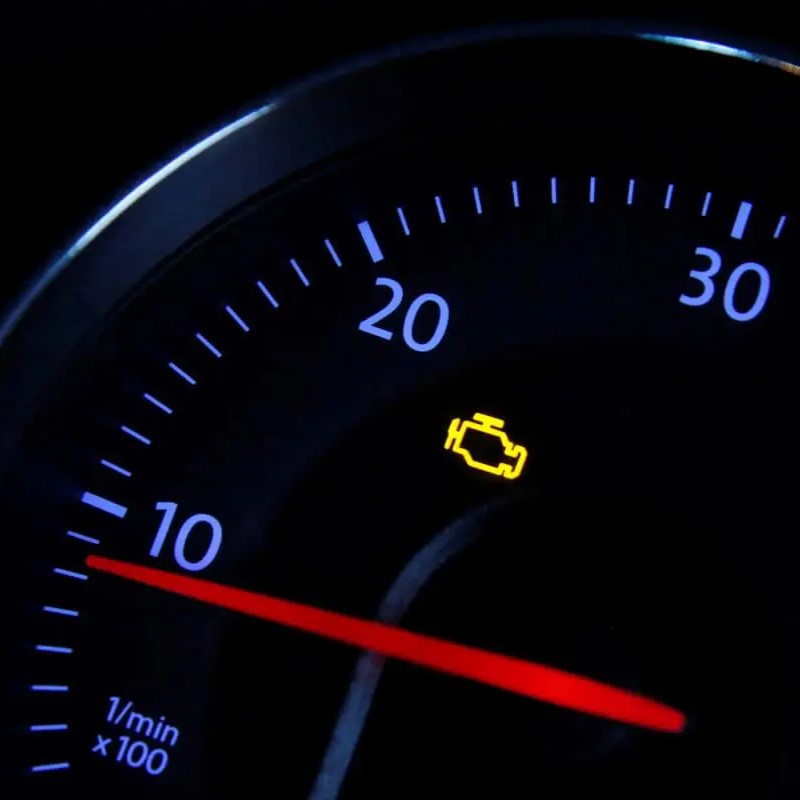The dashboard of your car is a complex landscape of warning lights, each serving a crucial purpose. Among them, the T/C light, often simply an icon of a car skidding, can trigger confusion and concern. But fret not, understanding the T/C light and its implications is straightforward.
What is Traction Control?
Traction control (TC) is a vital safety system that helps maintain grip on the road. It prevents your wheels from spinning excessively, a phenomenon known as wheelspin, which can lead to a loss of control. TC works by electronically monitoring wheel speed. If a significant difference is detected between a spinning wheel and the others, the system intervenes. Here’s how:
- Engine Power Reduction: TC can reduce engine power to slow down the spinning wheel, allowing it to regain traction.
- Selective Braking: The system can apply brakes to the spinning wheel, further aiding in regaining grip.

When Does the T/C Light Come On?
There are two main scenarios that can trigger the T/C light:
-
System Activated: When you encounter slippery conditions like rain, snow, or mud, the TC system automatically engages to maintain traction. This is a normal function, and the light will likely flicker or stay on briefly as the system works.
-
System Malfunction: If the T/C light stays on constantly, even in dry conditions, it may indicate a problem with the system itself. This could be due to faulty sensors, damaged wiring, or a malfunctioning control unit.

What to Do When the T/C Light Comes On?
Here’s how to react depending on the situation:
-
Light Flickers or Stays On Briefly: If you’re driving in slick conditions and the T/C light flickers or stays on momentarily, it’s a sign the system is working as intended. You don’t necessarily need to take any action, but proceed with caution, especially on slippery surfaces.
-
Light Stays On Constantly: If the T/C light stays on constantly, even in dry weather, it’s advisable to pull over to a safe location and turn off the engine. Restarting the car can sometimes resolve a minor glitch. If the light remains illuminated after restarting, it’s best to consult a mechanic for diagnosis and repair.

Driving with the T/C Light On
While it’s generally safe to drive short distances with the T/C light on, it’s not recommended for extended periods. A malfunctioning TC system can compromise your car’s handling, especially in adverse weather conditions. Here’s why:
-
Reduced Stability: Without TC, you’re more susceptible to wheelspin, which can lead to loss of control during sharp turns or sudden acceleration.
-
Increased Stopping Distance: TC can help maintain traction during braking, so a disabled system may lengthen your stopping distance.
Can You Turn Off Traction Control?
Many modern vehicles allow you to deactivate the TC system, typically with a dedicated button on the dashboard. However, it’s crucial to understand the implications before doing so:
-
Reduced Safety: Disabling TC increases the risk of wheelspin and loss of control, particularly on slippery roads.
-
Off-Road Situations: The only time deactivating TC might be beneficial is in specific off-road situations where you need momentary wheelspin to overcome obstacles. But remember to re-engage the system once back on regular roads.

Living with the T/C Light: Maintenance Tips
Here are some preventive measures to minimize the chances of a T/C light malfunction:
-
Regular Maintenance: Schedule routine maintenance checks at your mechanic’s. This often includes inspecting sensors and electrical components related to the TC system.
-
Proper Tire Care: Maintain proper tire pressure and tread depth. Worn-out tires can reduce traction, leading to the TC system engaging more frequently and potentially causing malfunctions.
-
Consult the Manual: Refer to your car’s owner’s manual for specific information about the TC system and any warning light interpretations.
Discussing the potential consequences of ignoring T/C light warnings
The sea of lights on your car’s dashboard can be overwhelming, but one in particular deserves your attention: the T/C (Traction Control) light. While it might seem like a minor concern, ignoring this warning can have significant consequences for your safety, your wallet, and even your car’s overall health.
Safety First:
The most critical consequence of ignoring the T/C light is compromised safety. A functioning TC system acts as a guardian angel on slippery roads, preventing wheelspin and maintaining control during sharp turns or sudden acceleration. Ignoring the light essentially disables this safety net, leaving you vulnerable to:
- Loss of Control: Without TC, especially in rain, snow, or mud, your car becomes more susceptible to skidding and losing control. This can lead to dangerous situations on the road, potentially causing accidents.
- Increased Stopping Distances: TC can optimize braking by maintaining traction. If the system is malfunctioning, your stopping distance on slick surfaces may increase significantly, hindering your ability to react in emergencies.
The Financial Impact:
Ignoring the T/C light can also be a financial gamble. A minor issue left unattended can snowball into a major problem:
- Costly Repairs: A seemingly insignificant sensor malfunction can morph into a more expensive repair if left unchecked. Early diagnosis and repair of a T/C system issue are far more cost-effective than dealing with a complete system failure.
- Premature Tire Wear: A faulty TC system can lead to excessive wheelspin, which wears down your tires much faster. This translates to needing replacements sooner, adding unexpected expenses.
Beyond the Warning Light:
The T/C light might be just the tip of the iceberg. Ignoring it could indicate neglecting other crucial car maintenance:
- Underlying System Issues: A malfunctioning TC system could point to problems with other electronic components in your car. Leaving the T/C light unaddressed might mask other potential issues requiring attention.
- Reduced Fuel Efficiency: In some cases, a properly functioning TC system can optimize engine performance, leading to better fuel economy. Ignoring the light might mean missing out on this potential benefit.
Taking Control:
By prioritizing timely car servicing and addressing the T/C light promptly, you’re taking control of your car’s health and your own safety. Remember, a little effort now can save you a lot of trouble, money, and potentially even lives down the road. Don’t let the T/C light become a chronic headache – address it and keep yourself and your car on the safe side.

Advantages of timely servicing and addressing T/C light issues
The T/C light on your dashboard might seem like a minor annoyance, but neglecting it can lead to bigger problems down the road (pun intended!). Here’s why timely servicing and addressing T/C light issues are crucial for your safety and wallet:
Enhanced Safety:
- Reduced Accident Risk: A functioning TC system helps maintain control during slippery conditions or sudden maneuvers, significantly reducing the risk of accidents.
- Shorter Stopping Distances: TC can optimize braking performance, especially on wet or snowy roads, allowing you to stop quicker in an emergency.
Improved Performance:
- Smoother Handling: A healthy TC system prevents wheelspin, ensuring smoother acceleration and cornering, especially on uneven terrains.
- Reduced Tire Wear: Excessive wheelspin caused by a faulty TC system can wear down your tires prematurely, increasing replacement costs.
Cost Savings:
- Preventative Maintenance: Addressing a minor T/C issue early on is far cheaper than dealing with a major system failure later.
- Fuel Efficiency: A properly functioning TC system can optimize engine performance in some situations, potentially leading to improved fuel economy.
Peace of Mind:
- Confidence on the Road: Knowing your car’s safety systems are in top shape provides peace of mind, especially during challenging driving conditions.
- Avoid Unwanted Breakdowns: Ignoring a T/C light can lead to a complete system failure, leaving you stranded and facing potentially hefty repair costs.
By prioritizing timely servicing and addressing the T/C light promptly, you invest in your car’s safety, performance, and overall longevity. So, don’t ignore that little light – it could be a big warning sign!
The T/C light is a valuable indicator of your car’s traction control system. Understanding its function and how to respond when it illuminates empowers you to make informed decisions on the road. Remember, a properly functioning TC system is a vital safety feature, so addressing any issues promptly is essential for safe driving. By following the tips mentioned above, you can ensure your car’s TC system operates optimally, keeping you in control and minimizing the chances of encountering a troubling T/C light.





